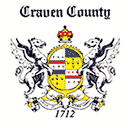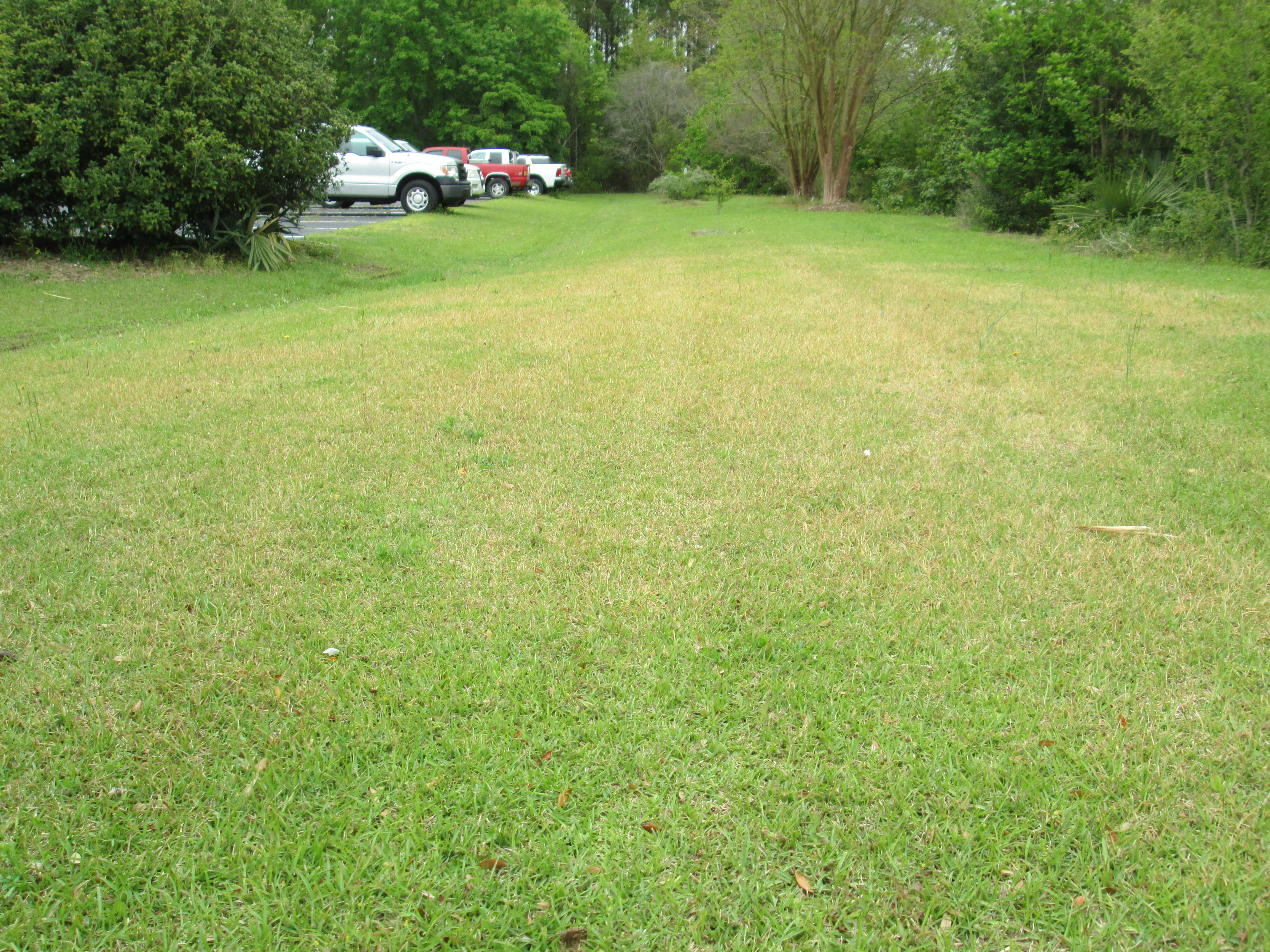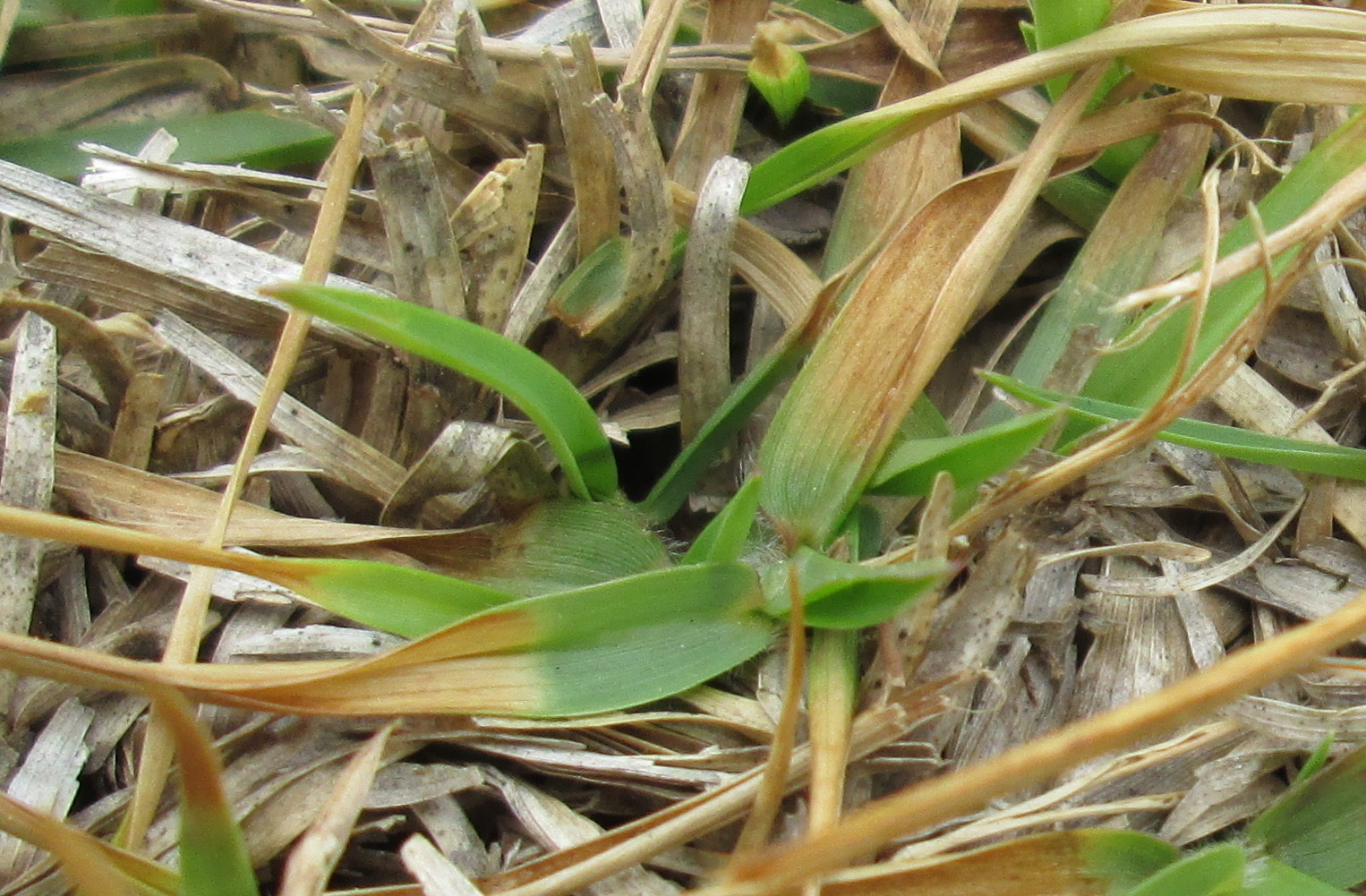Cold Weather Damage to Centipedegrass
go.ncsu.edu/readext?677010
en Español / em Português
El inglés es el idioma de control de esta página. En la medida en que haya algún conflicto entre la traducción al inglés y la traducción, el inglés prevalece.
Al hacer clic en el enlace de traducción se activa un servicio de traducción gratuito para convertir la página al español. Al igual que con cualquier traducción por Internet, la conversión no es sensible al contexto y puede que no traduzca el texto en su significado original. NC State Extension no garantiza la exactitud del texto traducido. Por favor, tenga en cuenta que algunas aplicaciones y/o servicios pueden no funcionar como se espera cuando se traducen.
Português
Inglês é o idioma de controle desta página. Na medida que haja algum conflito entre o texto original em Inglês e a tradução, o Inglês prevalece.
Ao clicar no link de tradução, um serviço gratuito de tradução será ativado para converter a página para o Português. Como em qualquer tradução pela internet, a conversão não é sensivel ao contexto e pode não ocorrer a tradução para o significado orginal. O serviço de Extensão da Carolina do Norte (NC State Extension) não garante a exatidão do texto traduzido. Por favor, observe que algumas funções ou serviços podem não funcionar como esperado após a tradução.
English
English is the controlling language of this page. To the extent there is any conflict between the English text and the translation, English controls.
Clicking on the translation link activates a free translation service to convert the page to Spanish. As with any Internet translation, the conversion is not context-sensitive and may not translate the text to its original meaning. NC State Extension does not guarantee the accuracy of the translated text. Please note that some applications and/or services may not function as expected when translated.
Collapse ▲If you live in Craven County, or especially to the north or west of Craven County, you may have noticed irregular, straw-colored areas in your centipedegrass lawn over the past week. This is very likely related to the temperatures we experienced on Saturday, April 11, 2020. For New Bern, AccuWeather reported a low of 35° F, which is just low enough to expect even lower temperatures and a very light frost here and there. If you look closely at affected turf, you’ll notice mostly healthy green tissue on the lower portions of the grass blades, with the tips shriveled and straw-colored. The irregular patterns of damage (unlike the distinct circular damage of large patch), as well as the appearance of the grass blades, argue against both insect and disease damage. Our lawns should grow out of this with very little trouble, given a few weeks of warmer weather and adequate rainfall.






